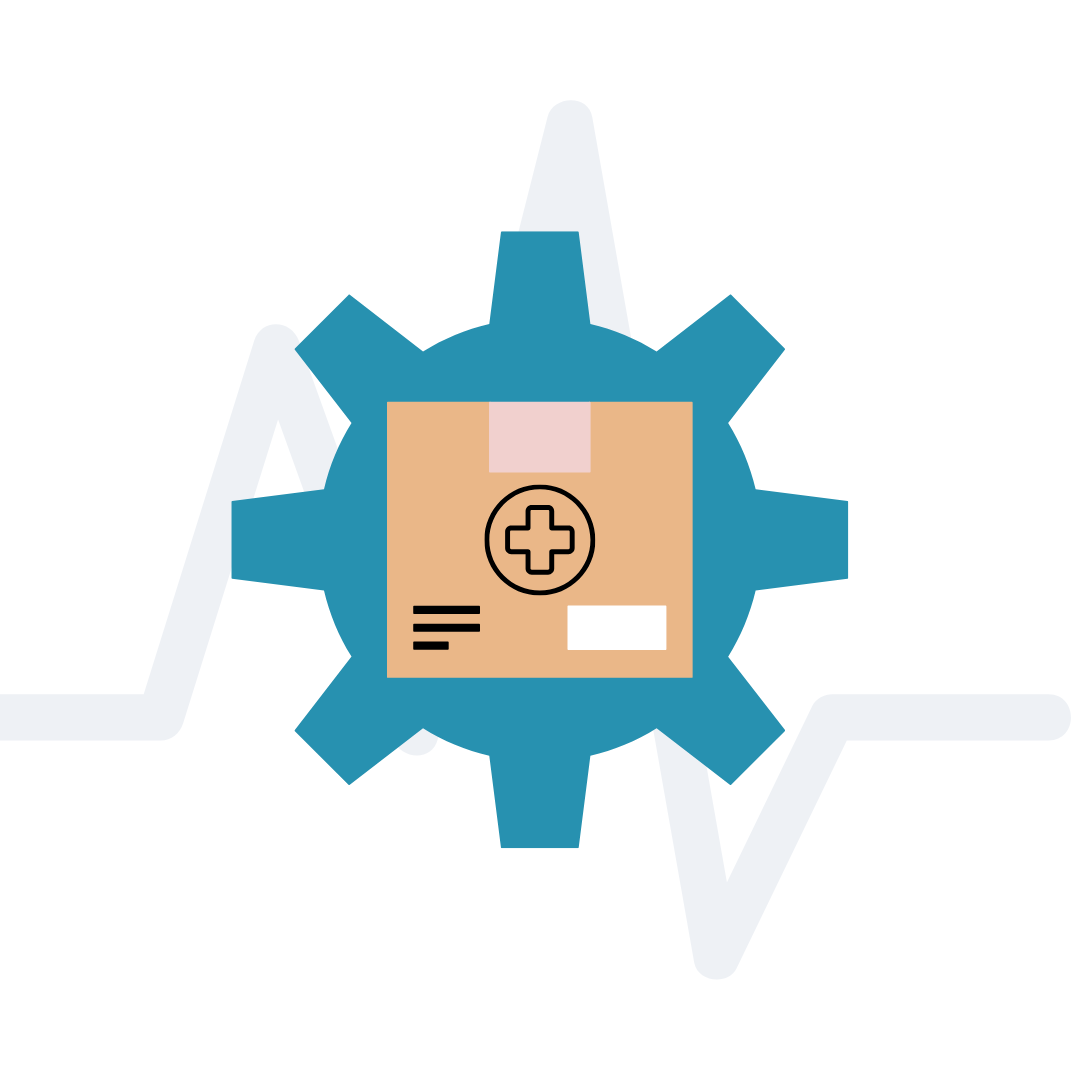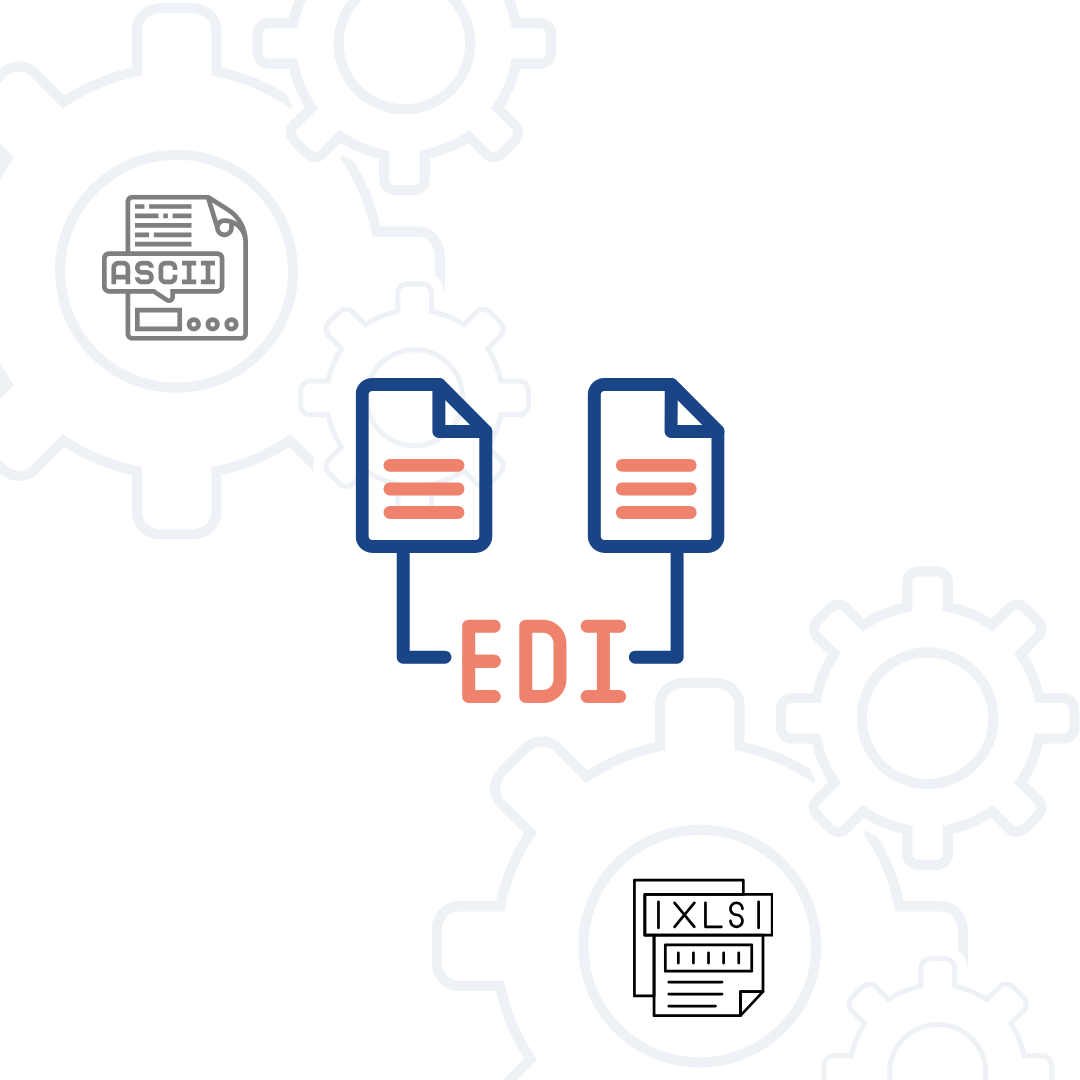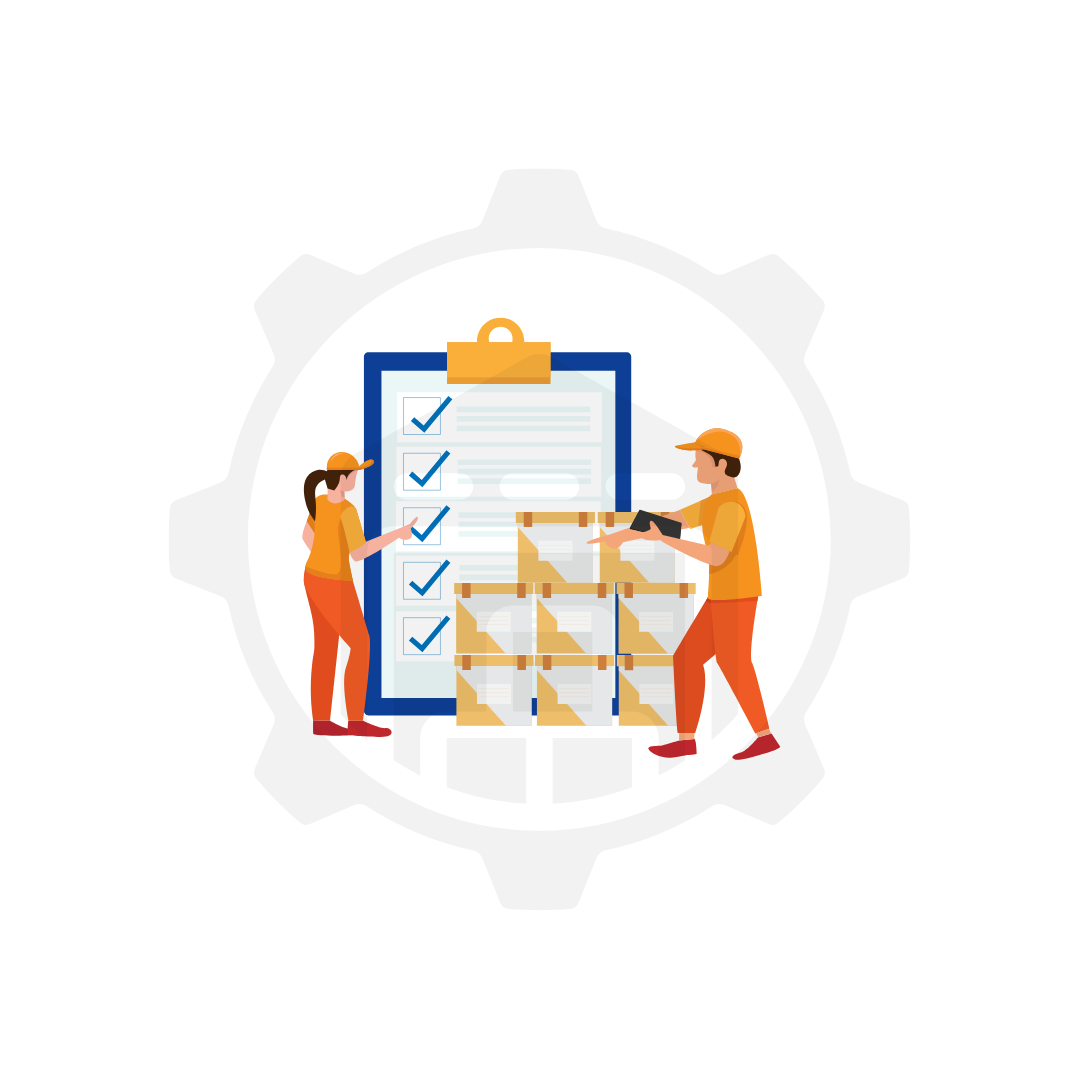Introduction Did you know that hospital supply chains are uniquely vulnerable to disruptions and delays because of their complex and global nature? When a hospital supply chain falters, critical shortages directly impact the quality of patient care, operational efficiency, and budgetary goals. Since the COVID-19 pandemic, we’ve witnessed firsthand how supply chain failures can cripple […]
Introduction Did you know that 50% of businesses spend more than 8 to 12 hours each week on invoicing and supplier payments? That’s at least 500 hours annually wasted on manual document processing when EDI tools could be handling this work automatically. Additionally, 88% of companies admitted to losing orders, while 74% reported increased revenue […]
Introduction EDI services have transformed supply chains. These systems cut transaction processing times from weeks to just minutes or hours. We’ve witnessed how Electronic Data Interchange (EDI) improves efficiency in supply chain operations through instant data transmission between systems. Today’s market shows that 90% of retailers need their vendors to be EDI-compliant before doing business […]
Introduction EDI ERP integration mistakes can devastate your bottom line. Did you know that about half of all ERP implementations fail the first time around, often because companies underestimate integration complexities? When we examine what EDI integration truly involves versus a typical ERP system implementation, the complexity becomes clear. Companies that fail to consider integration requirements early […]
Introduction Did you know that ineffective inventory management is costing businesses millions in lost sales and wasted resources? Indeed, in today’s complex supply chains, disconnected systems create a perfect storm of inconsistent data, synchronization delays, and costly errors. When product information lives in separate silos, the problems multiply quickly. Consider this 67% of Amazon’s sales […]





